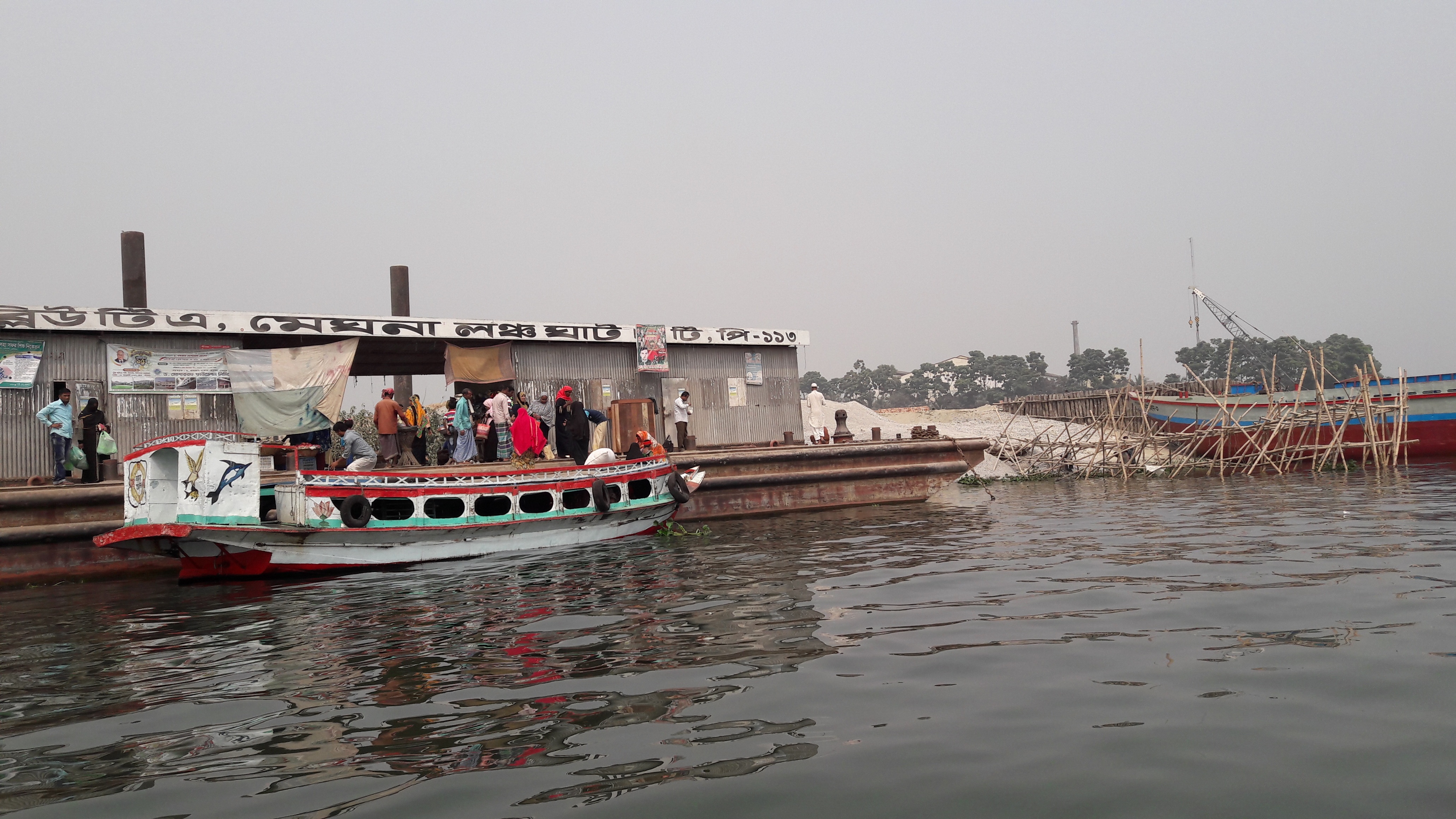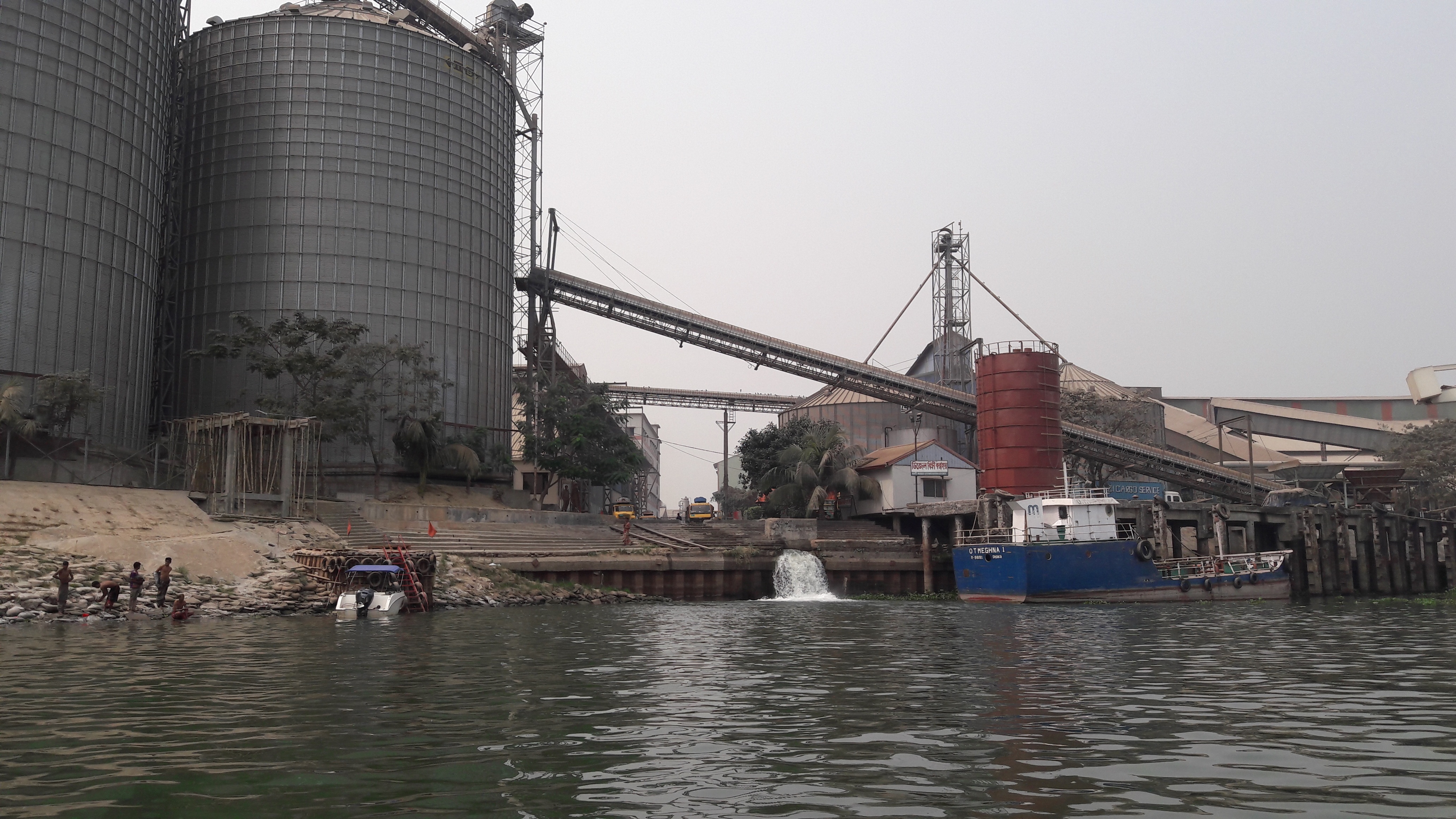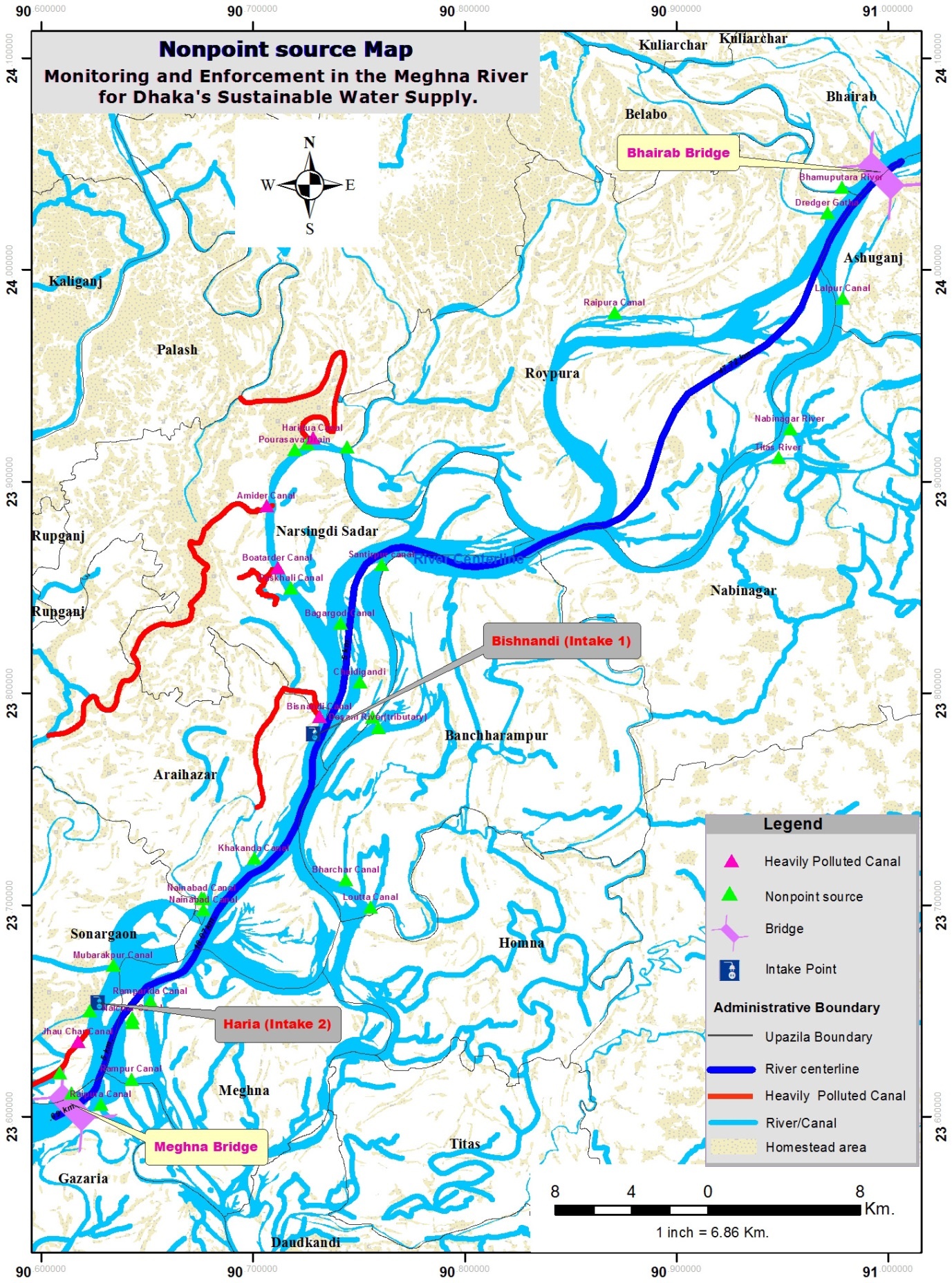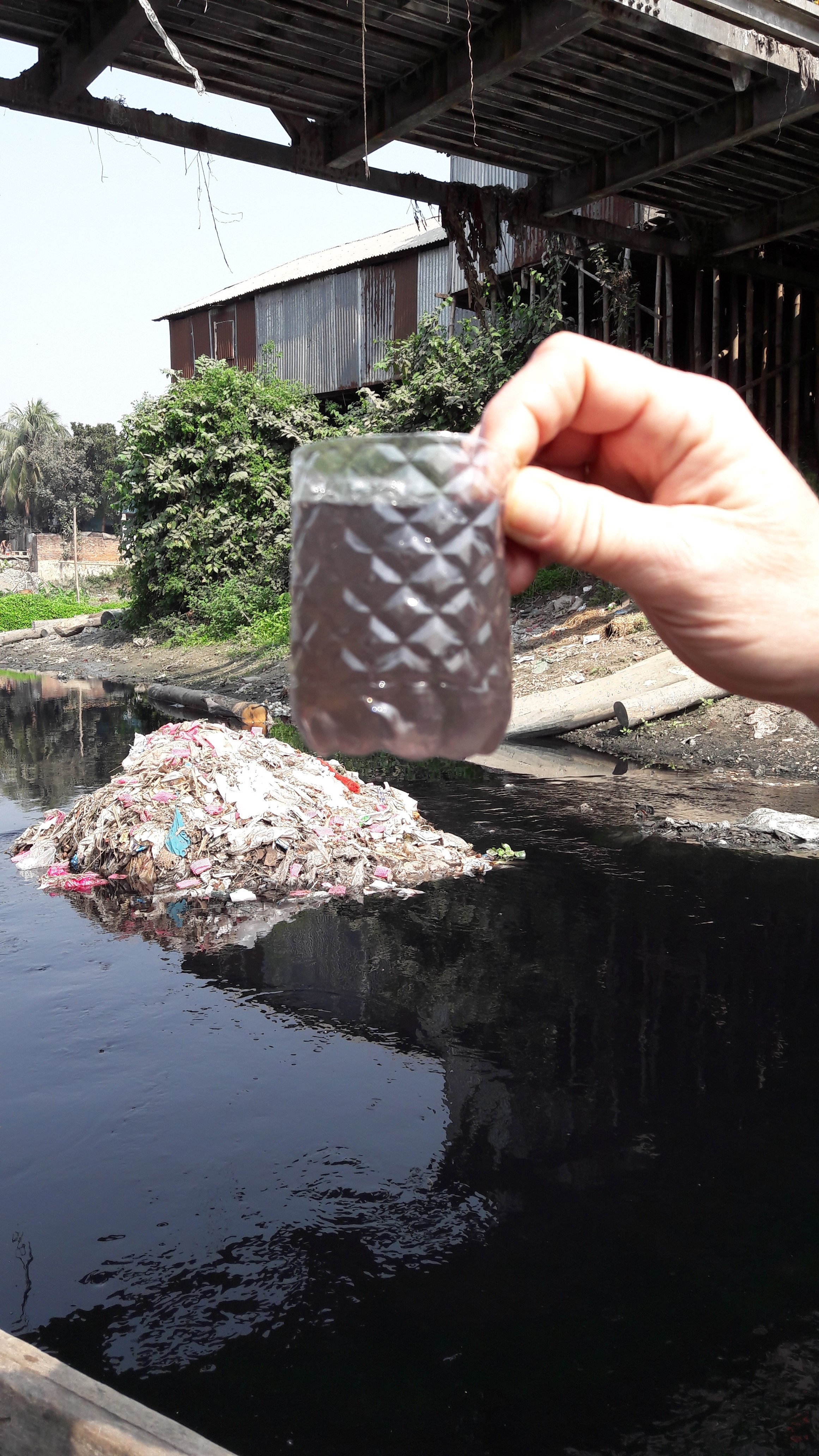...
Although groundwater quality has been studied extensively in Bangladesh, there is a huge gap in knowledge about surface water quality. A few surface water quality studies have taken place by independent groups, but these usually include costly lab procedures in order to determine water quality parameters. The conclusion of the NDWQS by Carel de Rooy, then UNICEF representative in Bangladesh, is that “strengthening local testing capacity is crucial”[3]. Alternative water sources (such as surface water) that do not pose a threat to human health and can be monitored by local authorities is necessary in order to secure clean, reliable sources of drinking water for the citizens of Bangladesh.
Description of Water Problems
...
A recent analysis of the water quality in the Meghna River shows that it is still good. All of the national River Water Quality standards are currently being met. However, it is at great risk of significant contamination as industrial and residential developments increase rapidly along the Meghna River. Two important developments located on the riverbanks have already been identified: the Meghna Economic Zone (MEZ) and Export Processing Zones (EPZ). The MEZ will be developed with industries such as pulp and paper, PVC, oil refineries, power plants, petrochemicals, and ceramics; it is expected to create over 20,000 jobs. There are currently eight EPZs; a ninth one is scheduled to open in the future, and the government has announced that 100 new EPZs will be created in the next 15 years.
There are provisions in national policy and law for the majority of issues related to water management and pollution control, such as: water quality; water allocation; water conservation (including environmental flows, ecologically critical areas, and groundwater); off-stream water uses (including agriculture/irrigation, domestic water supply, and industry); monitoring; compliance; enforcement; and dispute resolution. There does not appear to be a provision in either national policy or law to control non-point sources of pollution.
...
The proposed project will take place near the Meghna River in Bangladesh (Figure 1). The Meghna River originates in Bangladesh and is one of the three rivers that form the Ganges Delta. It is one of the most important rivers in Bangladesh. Two tributaries of the Meghna River, the Bisnandi and Jhawchar Canals, have been selected for this pilot project. They are located nearby the proposed future drinking water intake locations.
The Bisnandi Canal is located just upstream of the Bisnandi intake point. There is a considerable threat to water quality at that intake point. The Bisnandi Canal receives discharges from numerous small- and medium-sized textile industries, as well as untreated domestic wastewater from the housing areas located along the canal. The canal is highly polluted.
The Jhawchar Canal is located just downstream of the second proposed intake point at Haria. This canal is also affected by domestic wastewater discharges and by the discharge of a paper mill. It is one of the most polluted tributaries of the Meghna. Due to tidal impacts on the Meghna River (tidal excursion), water quality in this canal could impact the drinking water intake point at Haria.
| Multimedia | ||
|---|---|---|
|
[1] Central Intelligence Agency. (2016, July 12). Bangladesh. Retrieved August 2, 2016, from The World Factbook: https://www.cia.gov/library/publications/the-world-factbook/geos/bg.html
[2] Bangladesh Bureau of Statistics and UNICEF Bangladesh. (2015). Bangladesh Multiple Indicator Cluster Survey 2012-2013, ProgotirPathey: Final Report. Dhaka: UNICEF.
[3] Bangladesh Bureau of Statistics and UNICEF Bangladesh. (2011). Bangladesh National Drinking Water Quality Survey of 2009. Dhaka: UNICEF.



